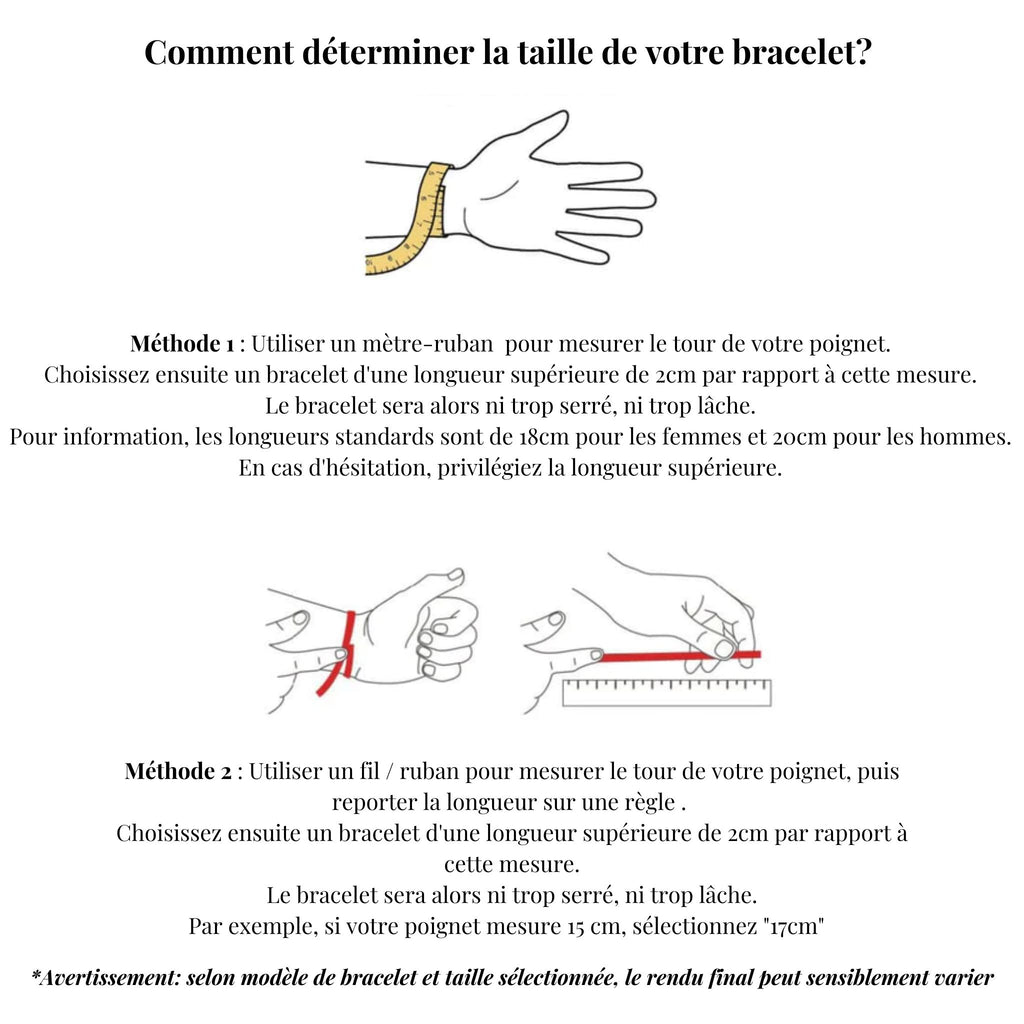
Rhodonite Stone: Virtues of Rhodonite
Heart stone, Rhodonite is a mineral that heals emotional wounds and invites you to welcome everything that comes to you with love and compassion , however difficult it may be. It brings a deep reconciliation with the past, and thus allows you to let go of your old attachments and your emotional wounds.
It leads you to experience the energy of the present in the heart , without any comparison with the past. It generates a reconciliation with love, with the Other, but above all with yourself .
- Origin of the name: Rhodonite comes from the Greek “Rhodon” meaning Rose
- Group membership: Silicate group
- Color(s): Pink and black
- Symbol: Compassion
- Hardness: 5.5 - 6.5
- Main deposits: South Africa, Australia, Canada, India, Madagascar, Mexico, Russia, Sweden and the United States
- Chemical composition: Manganese and silicon
- Day of the week: Every day
Varieties of Rhodonite
There are particular varieties of Rhodonite, such as fowlerite, rich in calcium and zinc, from Nevada and New Mexico; hsihutsunite, very rich in calcium, which comes from the Beijing region in China; and keatingine, a variety of fowlerite particularly low in MnO18.
Rhodonite is also extracted in Brazil (exceptional specimens at the Conseilheiro Lafaiete mine), in Russia, in Sweden, in Taiwan and even in France: in Gérardmer in the Vosges, in Argut-Dessus in Haute-Garonne, in Ariège and in Hautes-Pyrénées.
Benefits and virtues of Rhodonite
On the mental level
Rhodonite is widely used in lithotherapy, for several reasons . At the psychic and spiritual level , it has many benefits, particularly in cases of excessive fears and in love, on an emotional level.
For the most nervous , we recommend the use of Rhodonite to reduce anxiety. It can be of great help during exam periods and in cases of emotional overload. Thanks to its soothing function , Rhodonite is particularly useful for adolescents, who are familiar with this type of difficulty. Adolescence is a real upheaval.
In order to face life's changes and ups and downs with serenity (the first heartbreaks, discomfort, arguments with loved ones, etc.), we need courage and endurance. Rhodonite is therefore a good ally. During this period full of challenges, Rhodonite also helps stimulate learning and manage excess stress .
On the physical level
Also on a physical level, the benefits of Rhodonite are multiple. This stone helps stimulate the body and strengthen the immune system . Obtaining a Rhodonite stone is therefore an effective way when you want to prevent viruses and diseases.
Furthermore, as we have already mentioned above, Rhodonite reduces stress by regulating the heart rate. Therefore, rhodonite is the perfect stone for individuals who are subject to forms of stress and the resulting physical consequences (muscle tensions, skin reactions, digestive problems, etc.).
Finally, Rhodonite is highly recommended for its action on insect bites as well as joint tension.
Chakras
A Rhodonite would activate the Heart Chakra . It acts on emotional wounds. It would calm stress and therefore keep negative emotions away.
Astrological signs
The stone is traditionally associated with the signs of Aries , Cancer , Capricorn and Gemini . The elements that correspond to it are water and the sun.
Recharging and purification
Rhodonite can be cleaned with water or distilled water .
The stone is purified and recharged in the sun or using an Amethyst geode or a block of Quartz clusters.
Meaning and history of Rhodonite
In ancient times, the stone had a dual function . On the one hand, it was an emotional symbol. Rhodonite was given as a gift to express one's feeling of friendship to others . In addition, the Greeks and Romans considered Rhodonite as a protective object . During their travels, they wore it as an amulet to protect themselves from possible attacks by bandits.
Furthermore, according to works dating from the Renaissance, this mineral was already considered beneficial in the past. The Rhodonite stone was known to bring joy , intelligence and memory . Its use also made it possible to preserve one's honor.
In Russia, where it was considered a fine stone, there was a particular craze for Rhodonite. The craftsmen had developed a mosaic technique which consisted of placing strips of this stone on various objects and jewelry. Particularly appreciated, Rhodonite stone was used as an element of decoration and art.
Even today, in Russian museums and in the palace of Saint Petersburg, it is possible to admire columns, obelisks, vases, basins, statuettes and cups decorated with stone.
This semi-precious stone was also used as a decorative material for larger objects. Thus, Tsar Alexander II – emperor from 1855 to 1881 and father of sixteen children born to different women – had the entire slab of the tomb of his wife , Maria Alexandrovna, built in Rhodonite.
In order to create this exceptional tomb, a single block weighing forty-nine tons was used, and sixteen years were spent finalizing the sarcophagus, entirely polished by hand. It was not until 1906 that the seven-ton tomb finally returned to the cathedral of Saint Petersburg.























